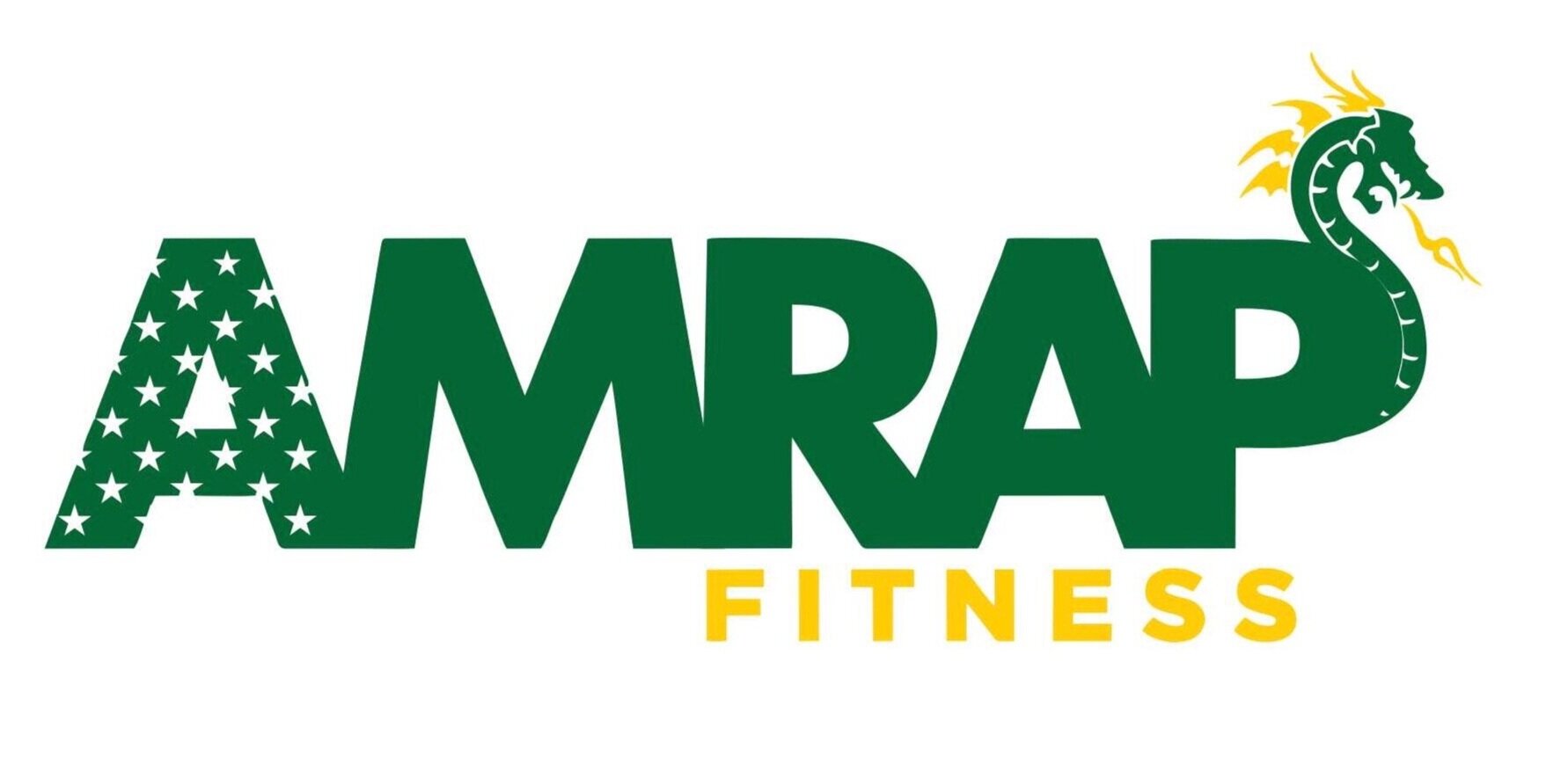10/15 Friday - Strength Movement Of The Week
Video: walking DB lunges
——-
5 Benefits Of Walking Lunges
Written by Mike Dewar
Last updated on October 30th, 2017
Walking lunges are a great way to develop unilateral leg function, strength, increase leg hypertrophy, and bridge the gap between strength training in the gym and real-world movement and function.
Below, we will discuss how to properly perform walking lunges (with a wide array of equipment and step placements) and uncover five benefits of walking lunges that every athlete and coach expect when performing them.
Walking Lunge Exercise Demo
Below is a video demo of the walking lunge, which can be performed with bodyweight, barbells, dumbbells, kettlebells, bands, and any other load. Walking lunges can also be done with a wide variety of step lengths, foot placements, and angles to pinpoint certain muscle groups and address more sport-specific concerns. In this video, we look at the general guidelines when performing walking lunges.
Five Benefits of the Walking Lunge
The below benefits are a general overview of what can be expected when performing the walking lunge. Note, that depending on the loading, placement of the load (overhead vs backtracked vs no load), and the programming style of the coach, the walking lunge benefits may slightly vary. For example, front loaded walking lunges will challenge the quadriceps and anterior core greater than back loaded lunges, etc.
Unilateral Movement Development
All unilateral movements can work to increase joint and muscular function, movement, and enhance bilateral (two legs) movement patterns such as squats and pulls. In the walking lunge, the lifter must support themselves (while moving backwards, forwards, or side to side) almost entirely on one leg, making this a great unilateral movement to increase singular leg strength, address non-dominant vs dominant side dependencies, and increase bilateral performance.
Increased Range of Motion
The walking lunge can be modified based on the width and length of the step by the athlete, which larger steps increasing the demand for hip, hamstring, and ankle mobility while targeting the hamstrings and glutes to a great degree (as compared with shorter steps). The increased step will also increase the range of motion that is needed in the hips, knees, and ankles.
By lengthening the range of motion, you allow the hips to gain mobility and control at the deeper end ranges, which can improve joint capsule and ties strength in athletes and aging populations.
Enhanced Functionality
As humans we move on two legs almost every second of every day. Failure to develop strength, balance, stamina, and muscle in the lower body places your clients and athletes at a great disadvantage when it comes to human movement. By integrating walking lunges into your leg training you can increase leg strength, movement integrity, and enhance overall muscular development (benefits of unilateral training).
Hip Mobility
Nearly every form of lunges can be used to strengthen and increase one’s hip mobility and performance. Walking lunges, when done in a variety of ways, can increase one’s ability to remain in control at end ranges of knee and hip flexion. By increasing hip mobility and strength at end ranges, you can injury proof lifters and help them gain strength and control in deeper bilateral movements like squats as well.
Glute Development
One of the major muscle groups worked during walking lunges is the gluteals, both the minimus and the maximal. The gluteals play a critical role in hip and knee stabilization, which is needed when performing unilateral movements, especially throughout a dynamic range of motion. When doing walking lunges, it is important to pay attention to the knees, as having them cave inwards (valgus) can place excessive strain on the ligaments and joints. By performing lunges, an athlete can gain a deeper understanding and resistance to such weaknesses and developer heather glutes, hips, and movement.
👉🏽 Lucky for you AMRAP Fitness provides such services for kids, tweens, and teens. Contact us for details 👈🏽
Get your teens & kids moving
▶️ CONTACT US FOR DETAILS ◀️
